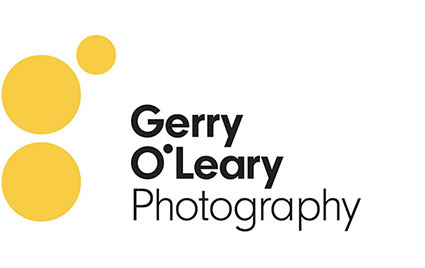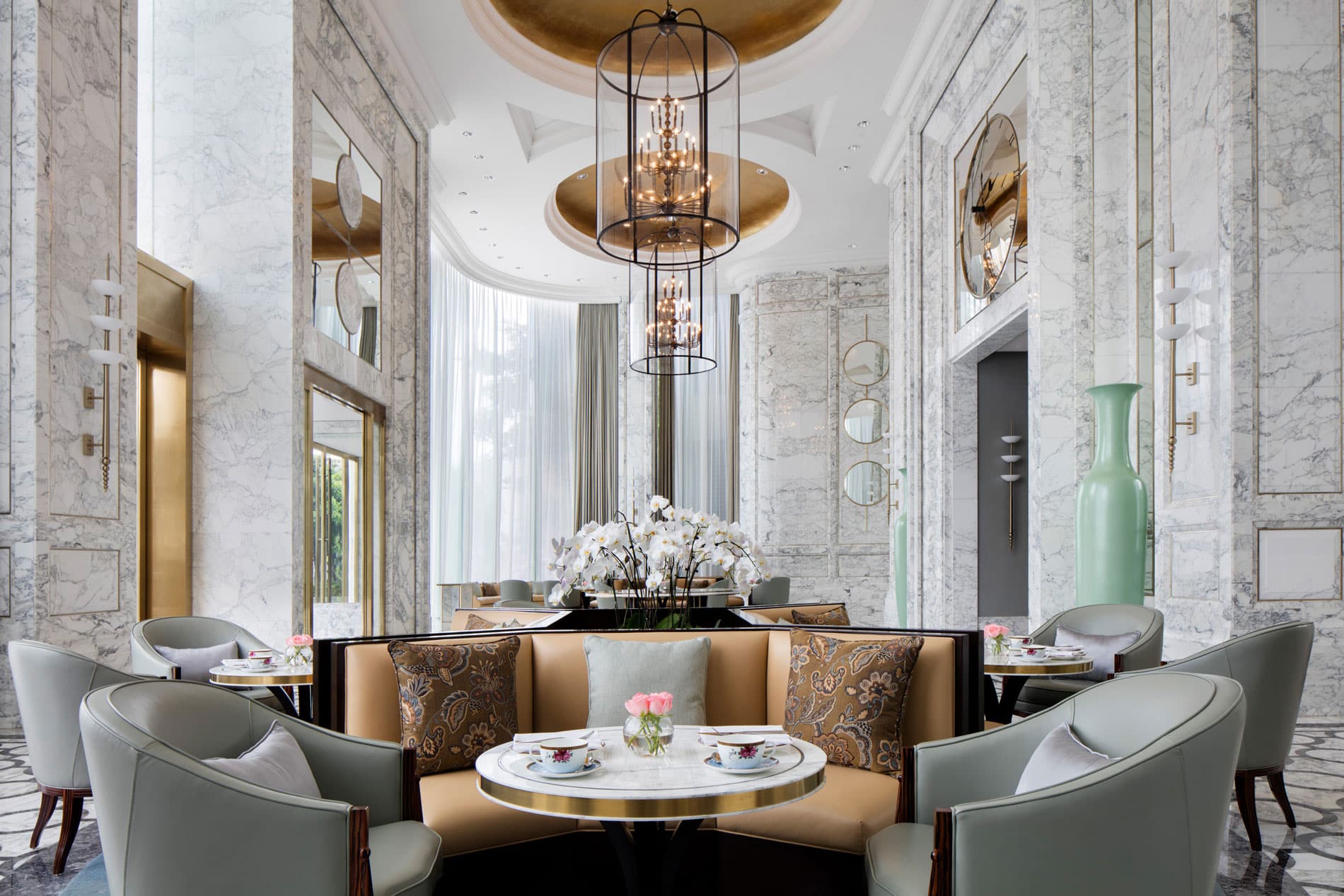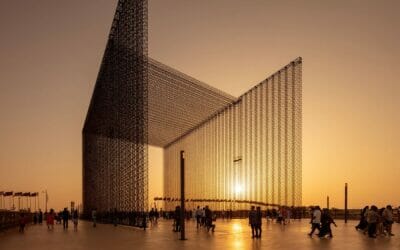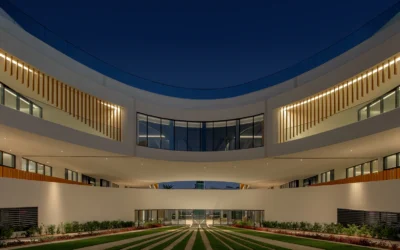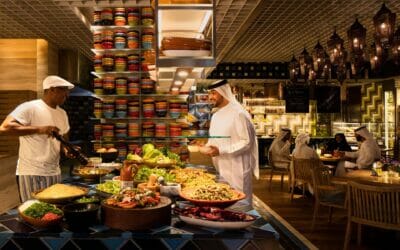For over 30 years, I have been photographing hotels from America to Hong Kong, which gives me more experience than many who are planning a hotel shoot for the first time.
Hospitality and brand imagery build a powerful bridge between hotels and their guests. With an array of channels to display their property, from social media to partner websites, the demand for captivating images is growing continuously.
The essence of the brand and the hotel’s unique offering should be present in every image. This is no easy task, however, and it begins with preparation. Planning for a property photoshoot is a meticulous process. I wish to draw guests into an unforgettable experience, therefore each click of my camera is the opportunity to create an irresistible invitation. Visuals speak volumes in the world of travel and for many, this is the beginning of their remarkable journey.
1. Prepare a shot list
Even before you contact a respected hotel photographer, you should compile a comprehensive shot list. This can be prepared as per brand guidelines or if the hospitality photographer is familiar with your brand, they can advise.
I would recommend the following as a minimum:
- 3 images per room category – Online Travel Agencies require minimum of 3 images
- 2 images for each food and beverage outlet
- 2 images reception / lobby
- 2 of the hotels’ exterior (1 daytime / 1 dusk )
- 4 of your spa and fitness facilities
- 4 images of your meeting and events spaces (MICE)
- 1 – 2 destination images
In my experience, the total number of images usually exceeds 30.
2. Plan a recce day
In advance of the shoot, I walk through the property with the relevant heads of department and the shot list in hand. This means I can advise each on what needs to be done before or on the day of the shoot to achieve the desired outcome.
Pre-shoot considerations for hotel photography
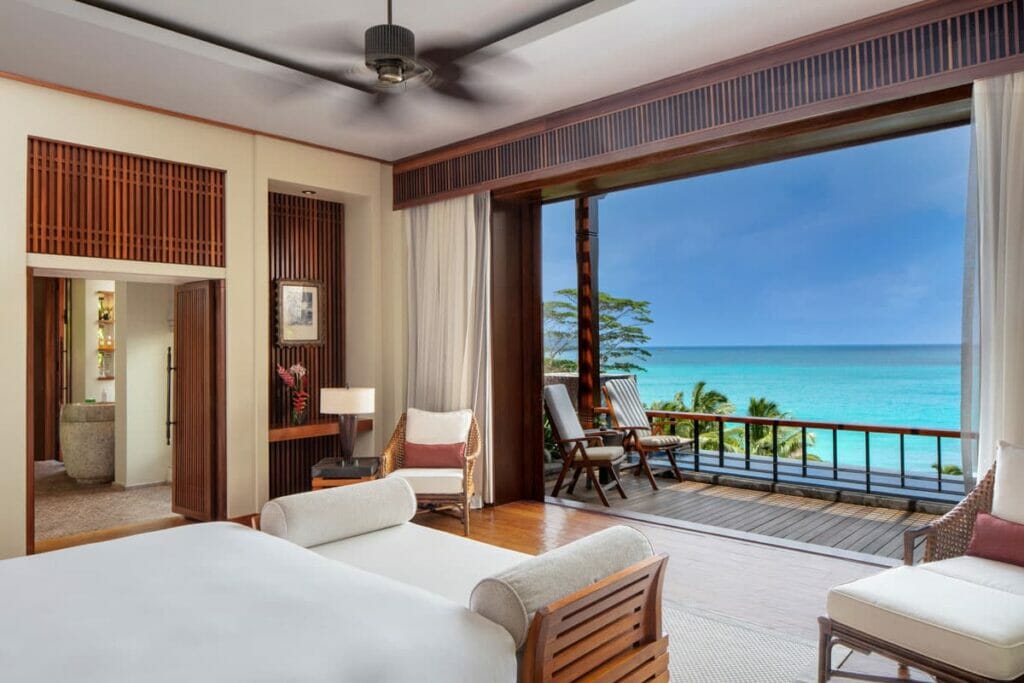
A. Rooms
I collaborate with the marketing manager on the composition of the image, which needs to be carefully considered to evoke an emotional response from the prospective guest.
It should go without staying that every room type should be pristinely clean for the shoot. Bedding and pillows should be spotless and perfectly pressed.
Curtains often give me headaches. They need to hang with even pleats and not drag on the floor.
Any printed materials should be removed as they add clutter and can date an image. The same goes for TVs, phones and electronics unless absolutely essential (i.e., a selling point). I sometimes carefully curate books and props to embellish the image, if it is within the brand guidelines.
I check all lighting and request that cables are concealed. Sometimes I find bulbs that are fused in concealed ceiling areas. When one of these needs replacing, it can cause considerable delays to a shoot.
If the view from the window is significant, then windows must be cleaned before the shoot. Rooms and suites with a premium view truly convey a sense of the locale. Higher floors tend to yield better images in this case.
If we’re adding flowers, these need to be chosen carefully and ordered in advance.
I’ve learned that having the same housekeeping team available throughout the rooms photography is a wonderful aid, as they improve each day and understand the photographer better. Changing a housekeeping team can slow the shoot considerably. Approximately half the images for a hotel shoot might include rooms, which means that cooperative teamwork can contribute greatly to optimum results.
B. Restaurants, bars and lounges
My key aim when photographing food and beverage outlets is to highlight the magnificent architectural spaces, the special features of the venue and the view, if there is one.
It is always preferable to photograph a bar or restaurant in advance of the hotel’s opening to avoid interfering with guest experience. If it is operational, we need to find a time slot that doesn’t conflict. For example, in the all-day dining outlet, breakfast is usually 7.00 am to 10.30am – so we could elect so shoot before or after those times. If a full buffet breakfast is desirable, then we should shoot in advance of breakfast. Table setup is also important, and a decision needs to be made on which meal is most preferable for the images. Other outlets are usually easier to photography as they are not as in-demand as the principle all-day dining outlet.
I also look at floral arrangements on tables. Ideally, any flowers should be simple and elegant, as a busy floral arrangement can cause visual noise and unnecessary added clutter. The florals may be exchanged with lights if the images are captured after dusk or at night.
Sometimes I elect to remove a number of tables if the outlet looks too crowded with tables.
It’s worth keeping in mind that the time of day dictates the mood, and while some outlets such as cigar bars and lounges may benefit from being shot in a darker light, others may look better in daylight. Either way, the timing is crucial and images must be scheduled well in advance.

C. Reception & Lobby
The lobby takes centre stage in a luxury hotel, setting the tone and unveiling the hotel’s character. It’s the heart of the place, where ambience and messaging converge. I strive to capture the mood, crafting an evocative impression for the viewer.
The first item to consider if whether we use people in the lobby images or not. If we do need to add people, I always prefer professional models as they know how to pose and perform in front of a camera. The outcome is always more professional.
Flowers can be a wonderful addition to the lobby, however they must be freshly cut just before the shoot.
D. Meeting and event spaces
For meeting and event spaces, I aim to display the best architectural features of the space and make it bright and welcoming. Rooms with natural light are more attractive better than dark or fully enclosed rooms.
The furniture arrangement is critically important in these rooms and as the photographer I always direct this set-up from start to finish. These rooms shouldn’t be overcrowded with furniture as potential bookers want space for their delegates.
For most MICE images floral arrangements aren’t essential, except when shooting a wedding or banquet set-up. In those instances, the flowers require great consideration and must be planned in advance as getting a great number of centre arrangements in advance isn’t easy.
Tablecloths regularly pose a common challenge. I often find them poorly pressed, wrinkled and creased with different drop lengths. I speak to the banquet manager in advance to allow him/her time to prepare for the shoot.
E. Spa and fitness facilities

Spa and wellness images should reflect a mood of relaxation, calm and serenity. I combine daylight with well-placed photographic lighting to create the desired mood.
Using professional models for these types of image is preferable (for reasons I’ve mentioned above).
When photographing gyms, a common mistake is trying to get too much equipment in the image. It makes the final image look cluttered and uninviting. I prefer to compose an image that shows a portion of the facility as it is gets a better response from viewers.
F. Exterior hotel imagery
These are the signature images of the property. Every OTA and publication will likely use an exterior image of your property as a showcase image.
I request that the gardens must be landscaped and trimmed with any dead leaves and tree branches removed. Cars should be moved away from the entrance except for a hotel-branded vehicle, if available.
When I’m capturing a dusk image, which I discussed in a previous blog post, I ask engineering to manually override any automatic timers and ensure that all lights are turned on one hour before sunset. Any rooms on the façade side should have the lights on, and while blackout curtains should be open, the sheer blinds should remain closed.
Sometimes, I photograph doorman in the image to add life and evoke the sense of welcome received by the guests.
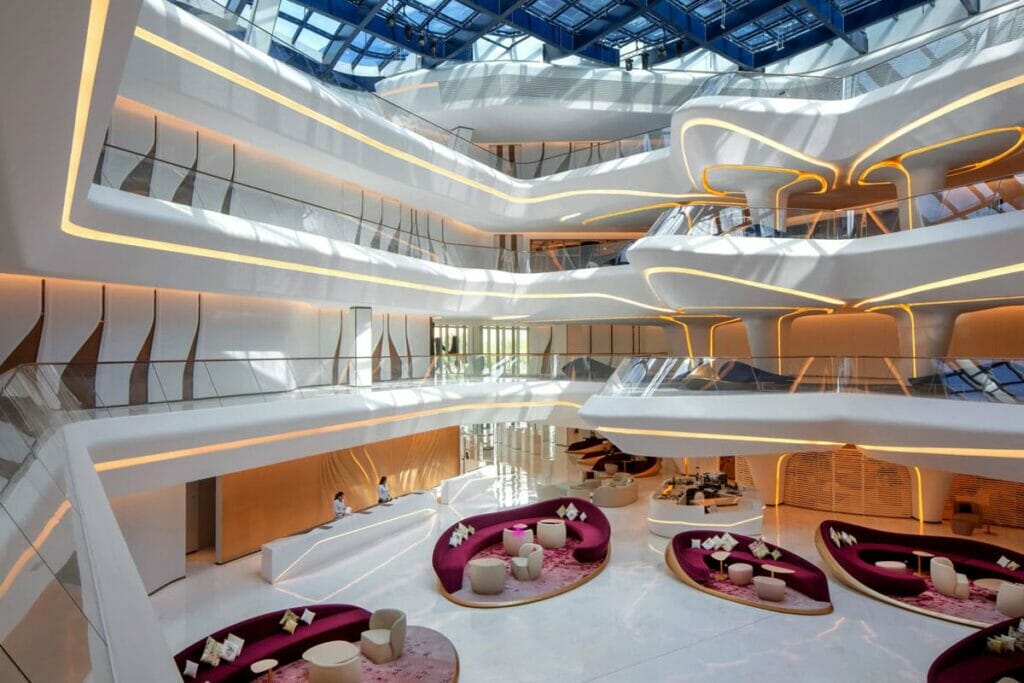
G. Destination images
To achieve this the images should be artfully crafted and ideally feature an iconic landmark, serving as a beacon that instantly connects the viewer to the destination. While I take advice from the marketing team on the best sites to showcase, I compose the images carefully, considering what sparks the viewers curiosity.
In this era of global exploration, destination images are gateways to new horizons, and they should compel travellers to embark on memorable journeys.
Please get in touch if you have any questions about hotel photography. Follow me on Instagram for on-location stories in exotic destinations.
